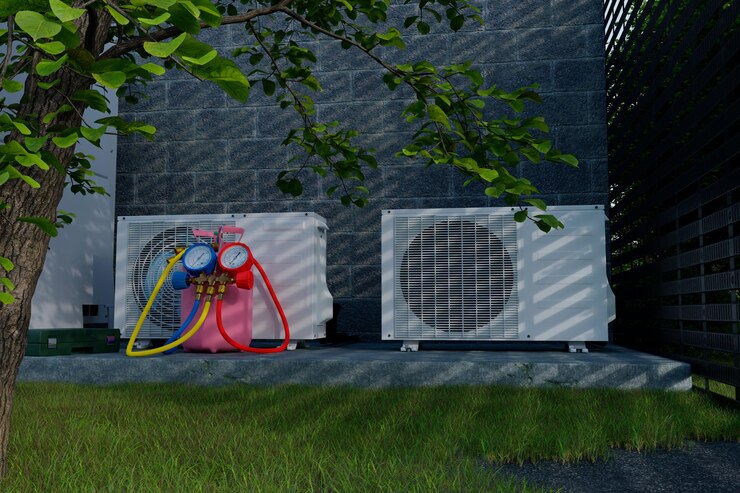Why Your ERP Software Should Provide A Nesting Interface
12 May 2022
5 Mins Read

toc impalement
In this digital age, it’s more important than ever for businesses to be able to access their data and information quickly and easily. One way that businesses can do this is by using ERP software that provides a nesting interface. For the software to be effective, nesting should be an option for all users, regardless of their level of technical expertise.
What’s nesting, and why should your ERP software provide this feature? Read on for all the details.
What Is Nesting?
Nesting can be defined as the ability to group data logically. This can be done in several ways, but the most common method is using folders. By nesting data in this way, they become much easier to find and use.
If data management has become a problem, utilizing an integrated nesting solution can be a great way to regain control. It’ll be much easier to track your data, but you’ll also be able to access it faster and more efficiently.
Several benefits come with using nesting, so your ERP software should provide this feature.
Some Of The Benefits Of Nesting Include:

1. Increases Efficiency
Businesses today are under more pressure than ever to increase efficiency and save money. They can do this by using ERP software with a nesting interface. This type of software helps businesses to manage their operations more effectively by allowing them to see all of their data in one place.
In addition, the nesting interface makes it easy to drill down and view specific information. This can help your business identify areas where you can save time and money. As a result, ERP software with a nesting interface can be a valuable tool for increasing efficiency in business operations.
2. Better Inventory Control
ERP software with a nesting interface can be a highly effective tool for managing your inventory control. With this type of software, you’ll be able to monitor and adjust your supply levels quickly and easily. The nesting interface allows you to see precisely where the material is located in real-time, allowing you to adjust procurement plans and tighten your inventory flow.
Additionally, an ERP system with this type of modern interface can help identify areas where waste may be occurring, as well as provide valuable insights into opportunities for savings through supplier consolidation or discounts. Ultimately, by using an ERP system that includes a nesting interface, you can take your inventory control to the next level and ensure that you’re always maximizing efficiency and profitability.
So, if you’re looking for an effective solution to improve your manufacturing operations, look no further than a software system with a nested interface. You won’t regret it!
3. Improves Organization Of Data
ERP software with a nesting interface is a powerful tool that can improve the organization and management of data within an organization. First, such software provides users with a growth strategy through its nesting interface. The nesting interface is a comprehensive system that allows users to easily access and analyze different types of data, making it simple to identify potential trends and patterns in the data.
Furthermore, this interface can help businesses identify opportunities for growth by giving them the ability to quickly assess their current financial standing and determine which areas require improvement or expansion.
In addition, this type of software also enables users to more easily comply with regulatory requirements and guidelines by providing them with streamlined processes for managing critical data inputs from multiple stakeholders across the organization.
Overall, then, ERP software with a nesting interface is a valuable tool that can significantly improve the efficiency and efficacy of data management within any organization.
4. Improves Waste Management
ERP software with a nesting interface can significantly improve waste management in various settings. First, by providing a detailed overview of all operations, this software streamlines and optimizes the entire waste management process. For example, the nesting interface can schedule collection routes and allocate resources in an efficient, optimized way.
In addition, since this software is connected to other organizational systems, like facility management and inventory control, it allows for better coordination between different departments and stakeholders.
Another critical advantage of ERP software with a nesting interface is its ability to predict future product demand. By analyzing real-time data about manufacturing requirements, product requests from customers, supply chain trends, and production goals, this software can help facilities reduce waste and optimize their stock levels.
And, because this type of software adapts intelligently to changes and anomalies in the real-world environment—such as missed shipments or damaged products—it provides businesses with accurate data that they can use to make strategic decisions affecting their overall waste management practices.
5. Ensures Accurate Estimating
ERP software with a nesting interface is specifically designed to help manufacturing and project teams estimate their work more accurately. This software provides users with tools to calculate the number of raw materials required for a given project and the precise time needed for production.
Additionally, this software allows team members to visualize their work and track essential performance metrics. By seamlessly integrating into existing workflows, this tool helps to streamline processes and reduce errors, giving manufacturers greater control over their projects from start to finish.
Ultimately, the advanced nesting interface provided by this ERP software makes it an essential tool for any team looking to optimize productivity and deliver better results.
6. Saves Time
ERP software with a nesting interface can save time in several ways. First, it can automate the process of creating nests or groups of similar objects. This can be done by automatically grouping objects based on specific criteria, such as size, shape, or material.
Second, the nesting interface can provide information about the parts that make up each nest. This can be extremely helpful when assembly or disassembly is required.
Finally, the nesting interface can generate reports that show how efficiently the parts are being used. This information can be used to make changes to the manufacturing process, leading to significant savings in time and money. Overall, ERP software with a nesting interface can save a significant amount of time and improve the efficiency of any manufacturing operation.
Conclusion
ERP software with a nesting interface is a powerful tool that can help businesses improve their manufacturing operations in various ways. From better inventory control and waste management to more accurate estimating, this software provides many benefits that any organization would be wise to take advantage of.
So, if you’re looking for a way to optimize your manufacturing process, consider an ERP system with a nesting interface. You won’t be disappointed!
Read Also:


















Comments Are Closed For This Article